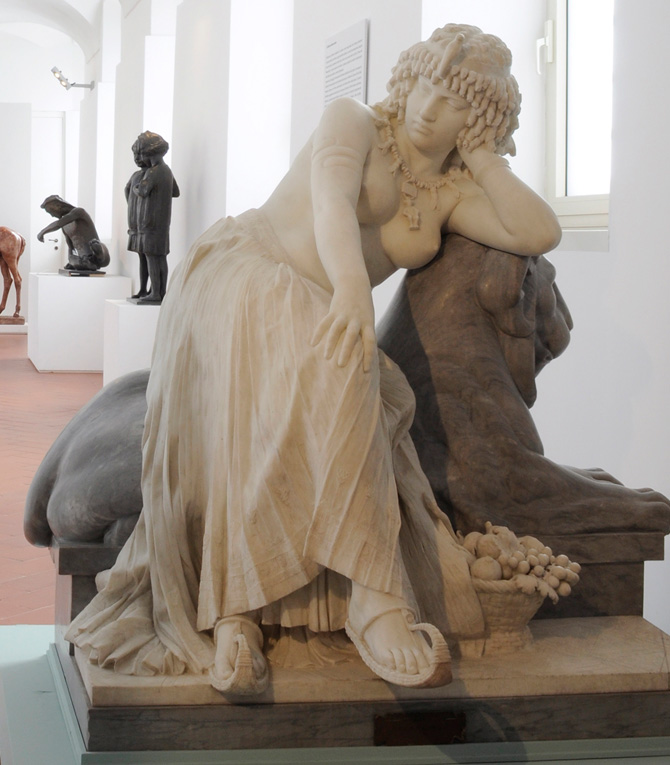The Return of the Ten Thousand under Xenophon by Hermann Vogel 19th century
"The soldier of greatest use to us preceding Alexander was unquestionably Xenophon. After participating in the defeat of Cyrus the Younger by Artaxerxes, at Cunaxa (B.C. 401), in which battle the Greek phalanx had held its own against twenty times its force, Xenophon was chosen to command the rear-guard of the phalanx in the Retreat of the Ten Thousand to the Sea; and it is he who has shown the world what should be the tactics of retreat, - how to command a rear-guard. No chieftain ever possessed a grander moral ascendant over his men. More tactical originality has come from the Anabasis than from any dozen other books. For instance, Xenophon describes accurately a charge over bad ground in which, so to speak, he broke forward by the right of companies, - one of the most useful minor maneuvers. He built a bridge on goat-skins stuffed with hay, and sewed up so as to be water-tight. He established a reserve in rear of the phalanx from which to feed weak parts of the line, - a superb first conception. He systematically devastated the country traversed to arrest pursuit. After the lapse of twenty-three centuries there is no better military text-book than the Anabasis."
-Brevet lieutenant-colonel Theodore Ayrault Dodge, Great Captains - A Course of Six Lectures, Page 7-8
-Brevet lieutenant-colonel Theodore Ayrault Dodge, Great Captains - A Course of Six Lectures, Page 7-8
 |
| Journey of the Ten Thousand. |
Source:
https://commons.wikimedia.org/wiki/File:The_Return_of_the_Ten_Thousand_under_Xenophon.jpg
Quote:
https://babel.hathitrust.org/cgi/pt?id=uc2.ark:/13960/t1td9q72v&view=1up&seq=25



Comments
Post a Comment